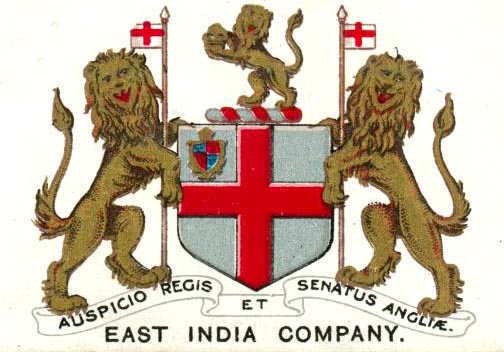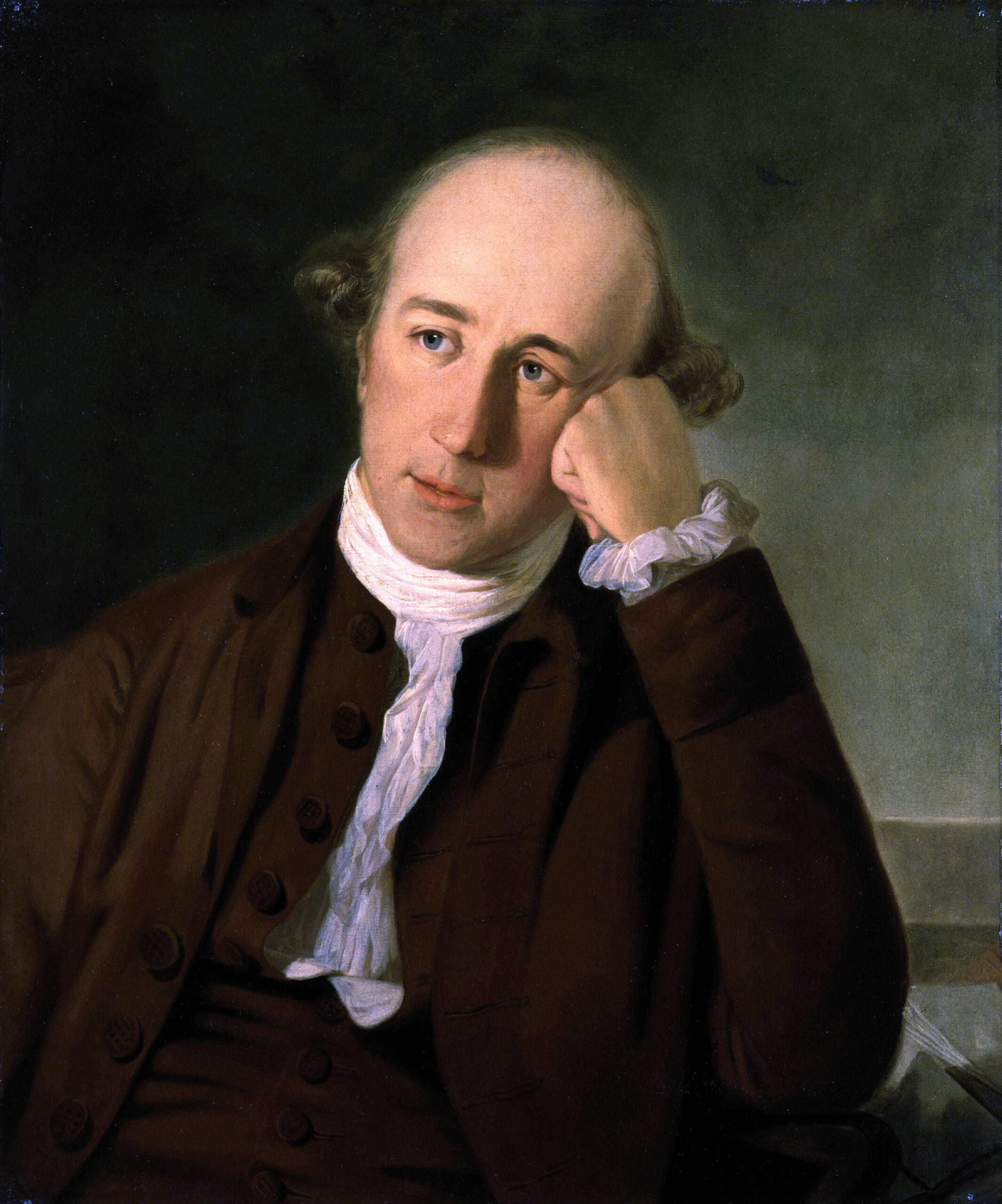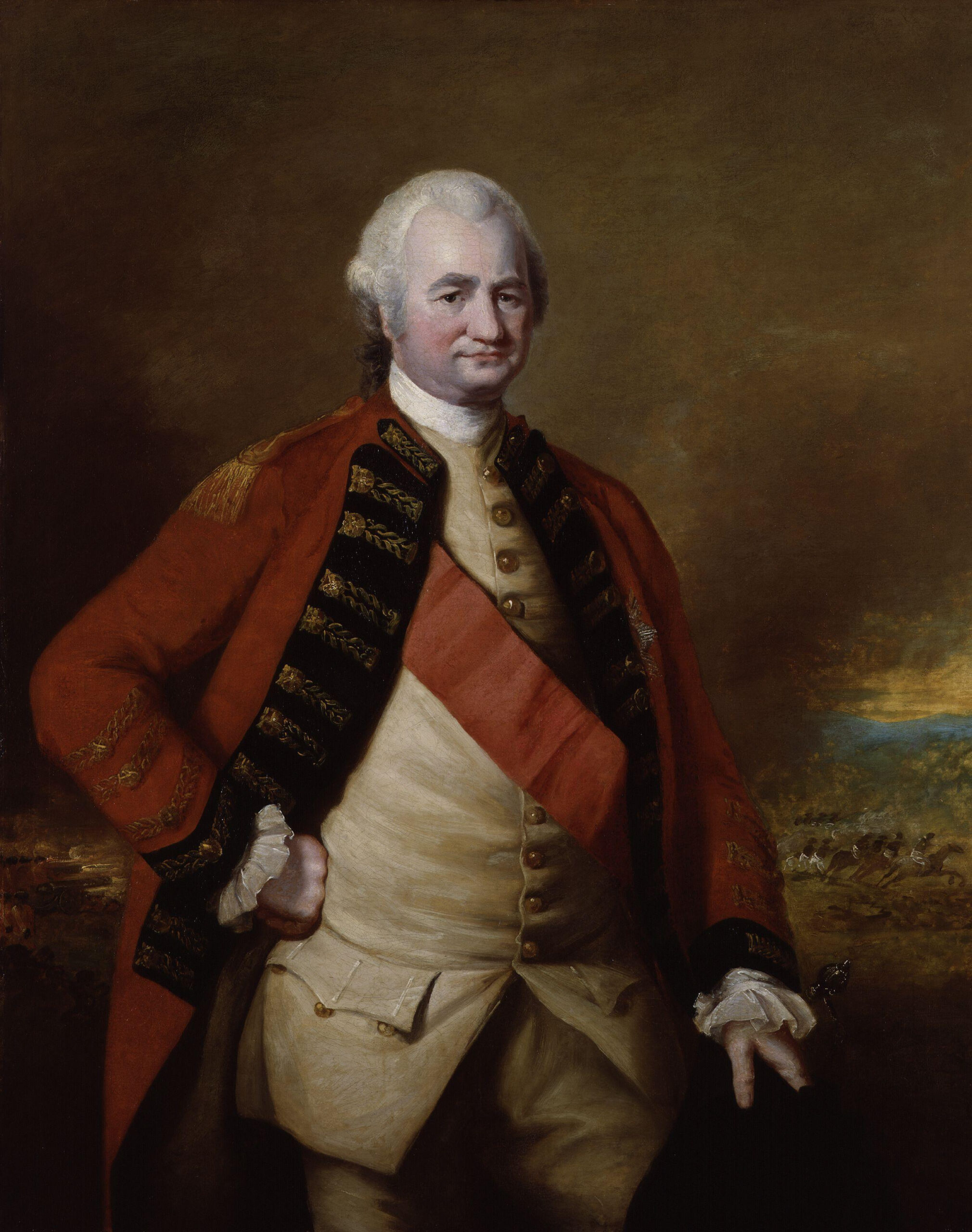After the rising of interest in the administration of Bengal, the company began the acquisition of the power of the state. That leads the Bengal Administration to a situation where the activity of two government bodies was visible. This administration by two authorized bodies is often called Dual Government.
The Dual Government
In this dual government, the English Company was enjoying all the political-military economic authority in Bengal. The Nawab of Bengal was maintained as titular head only. In Feb 1765, when Mir Jafar died, Nazm-Ud-Daula was allowed only on the condition of transferring of political and military power to the East India Company. This caused Nizamat’s ruling to be looked like a dummy because only the East India company was working as the real government of Bengal. The working of East India company was said to be the real government because the company has got the power to make any political as well as military changes in the state.
Through the treaty of Allahabad signed by Clive with Mughal Emperor Shah Alam II in Aug 1765, the company got the Diwani rights of Bengal, Bihar, and Orissa i.e. rights to collect revenue & admin civil justice. As a result of this transfer, the company emerged a real power in Bengal. The Nawab was just a symbolic head. This arrangement remained in force till 1772.
Impact of Dual Government
The establishment of dual government resulted in the extent of exploitation of Bengal as the East India Company used the political and military authority to exploit peasants, craftsmen, and traders. As a result of this agrarian sector got ruined & the Indian handicraft industry started declining. The situation of anarchy was developed in the state of Bengal because the Nawab of Bengal had no power with him to look after the responsibility of maintaining law & order. He couldn’t punish incompetent officers who were enjoying the support of the company.
Dual Government put Bengal in severe crisis, Bengal was strutted by severe famine in 1769 which resulted in the death of one-third of the population. The company started draining out Indian resources to Bengal. The wealth plundered by the company in Bengal was used to finance Indian trade as well as battle in India.
Regulating Act of 1773

The regulating act of 1773 was enacted by the British parliament to bring the English Company under government regulation. It was a necessity because the character of the company had changed quite significantly during the previous few decades. By this time, the company had emerged as a political power in India. It was no longer just a commercial entity.
Bengal, Bombay & Madras were the three main centers of the East India Company in India. These three presidencies were headed by three separate governors. The status of these governors was equal. They were directly controlled by the code of directors from London, and because of these equal status criteria, there was a lack of coordination among the three governors, because a mechanism was required to develop the administrative hierarchy.
Due to excessive interference in the political and military acts of the state, the company’s commercial activity was adversely affected. While the company’s officers returning London with their pockets full of gold but the company was facing a situation of financial bankruptcy. There was a need to curb the arbitrary fun of the company. In 1772, the company applied for a loan of one million pounds from the government of England. This application provided an opportunity for the British parliament to enact a load to regulate the working of the company.
Provisions of Regulating Act
The governor of Bengal was made Governor-General of Bengal. He was given supervisory control over Bombay & Madras press in matters of peace & war. To eliminate the possibility of arbitrary behavior of the Governor-General a colligate form of government was created. An executive council of four members was established. All the decisions were to be taken by Governor-General in Calcutta through a majority vote. Governor-General was given just an extra casting vote. A supervisory control was to be established at Calcutta. This was created in 1774.

Significance of Provisions of Act
This started the procedure of administrative centralization in India which was very necessary to ensure co-operation & co-ordination among various presidencies. The regulating act imparted parliamentary recognition to the conquest of India because the British parliament approved control of English Company over Indian territories.
Drawbacks of this Act
The position of Governor-General in the arrangement created by the regulating act was too weak to be effective. Governor-General was at mercy of his executive council (English Company). Any three members of the executive council could form a group & could impose their decision on Governor-General because of these serious problems were encountered in the ruling of the Governor-General in Calcutta.
The regulating act of 1773 created supervisory control but didn’t define its jurisdiction. Because of this, a constant conflict witnessed between Governor-General in council & supervisory control because both were claiming superiority over each other. Both of these institutions were claiming the power of the provincial civil court.
Rectification of Limitations
The jurisdiction of supervisory control was defined clearly by the British parliament the amending act of 1781. It was explained that supervisory control will deal with matters concerning Europeans with territorial limits of Calcutta. Through this regulatory act 1784, the strength of the Governor-General executive council was reduced from four to three.
In this new arrangement, the Governor-General required the support of just one member to have his decision being imposed. Through amending act 1786, the Governor-General was given the authority to take any decision without following the provision of the majority vote in council by taking personal respect of action. The charter act 1793 extended the special power given to Lord Cornwallis to every Governor-General in the future. At the time of his appointment, Lord Cornwallis was given the power of the commander in chief as well.

